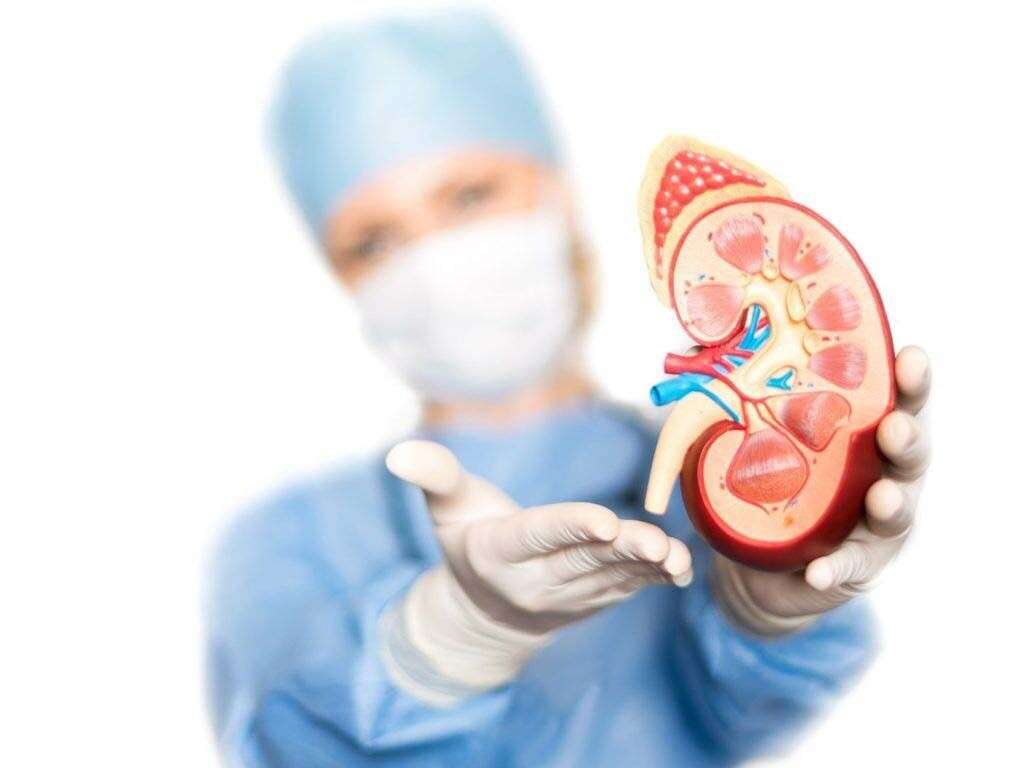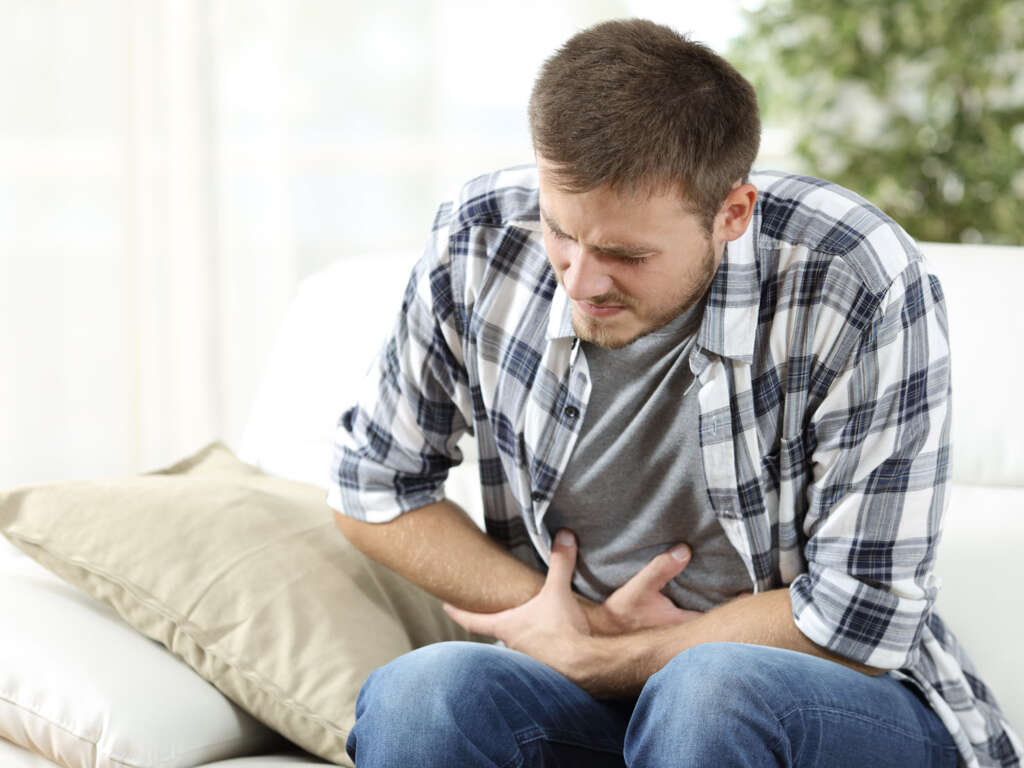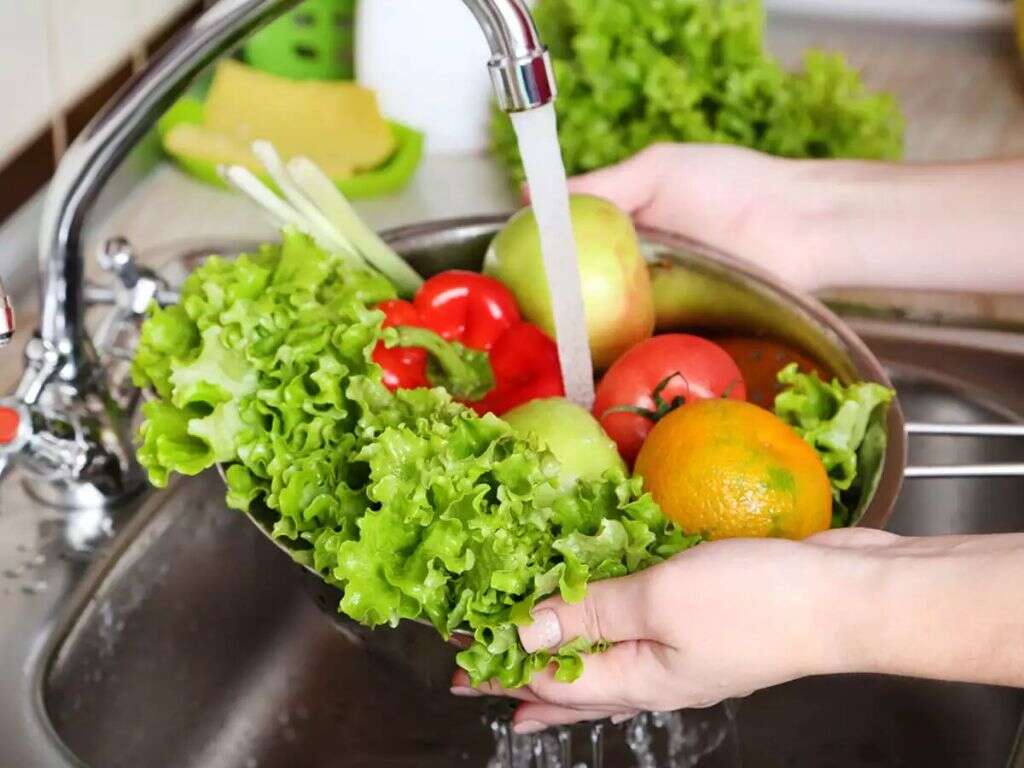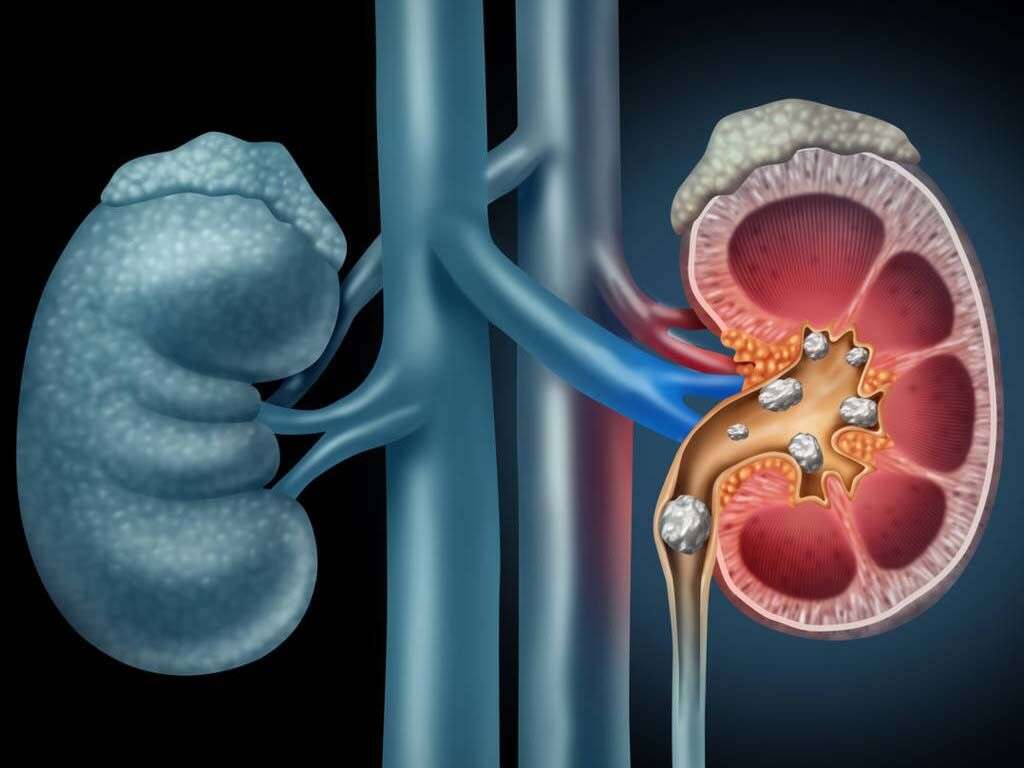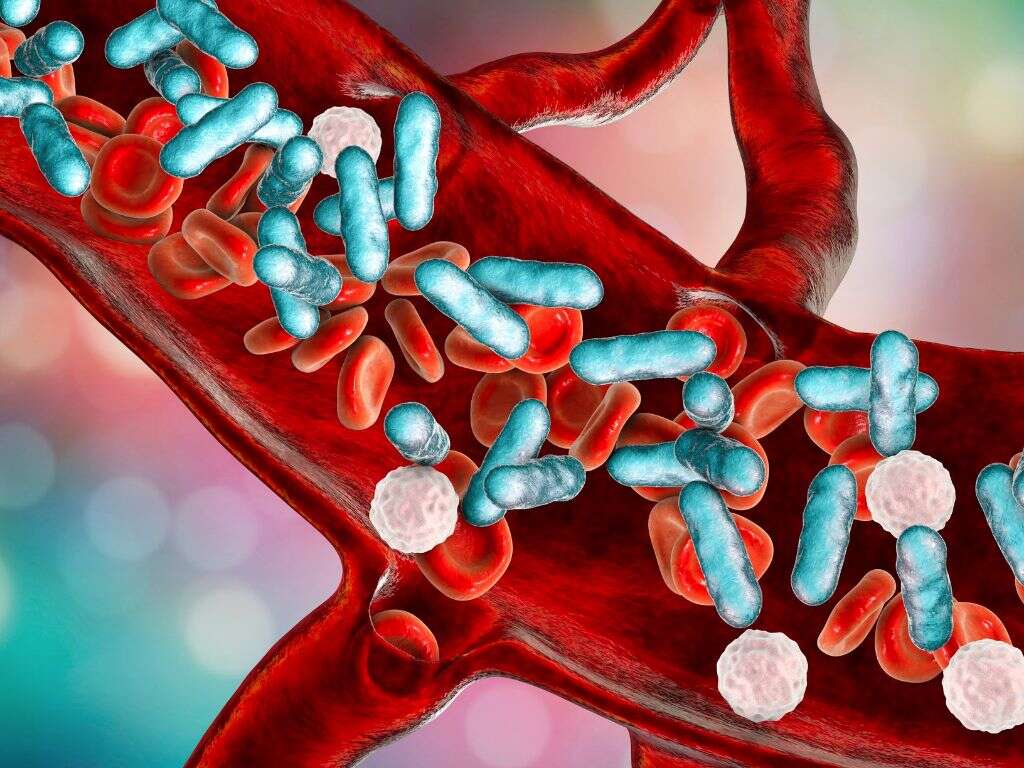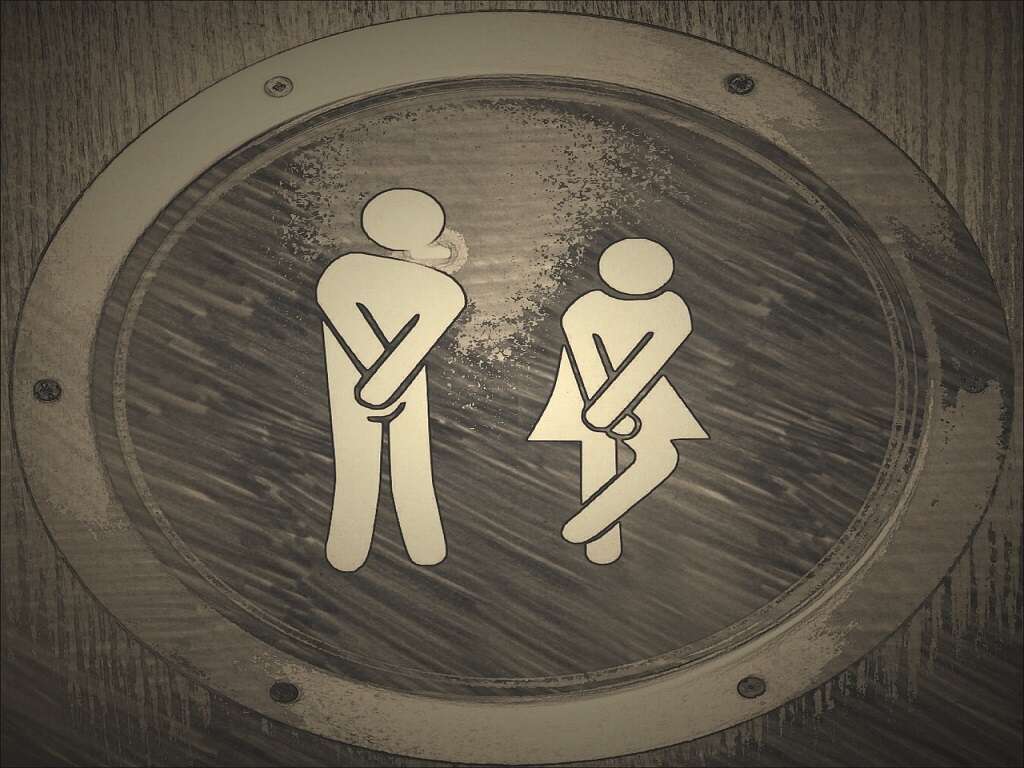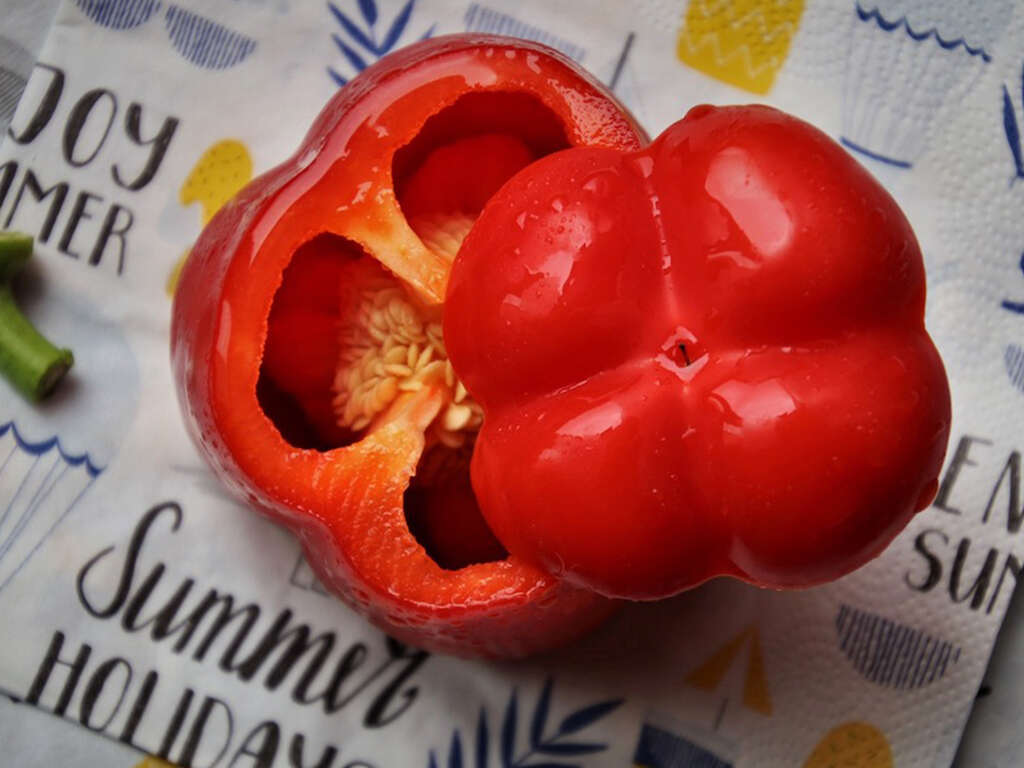10 Causes of Kidney Pain
The kidneys are bean-shaped organs located in both the right and left retroperitoneal space.
They are approximately 11 centimeters in length and receive blood from renal arteries with blood exiting through the renal veins. The kidneys are each attached to a ureter that carries the urine from the kidneys to the bladder.
Kidney pain or renal pain occurs when there is pain in the kidneys due to disease or damage. Ten causes of kidney pain are listed below.
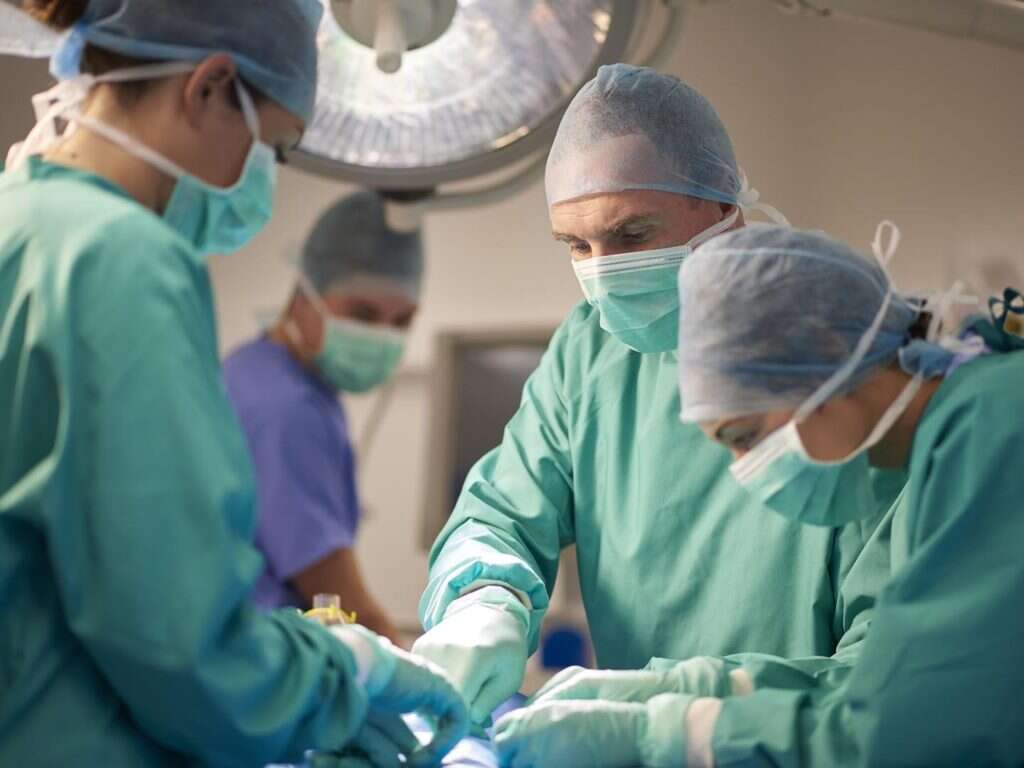
Cause #1: Urinary Tract Infection
A urinary tract infection occurs when there is infection in any part of the urinary tract. It can be divided into cystitis (lower urinary tract infection) and pyelonephritis (upper urinary tract infection). Symptoms of a urinary tract infection include frequent urination, dysuria, fever, flank pain (kidney pain), hematuria, and a feeling of needing to urinate although the bladder is empty.
It is most commonly caused by Escherichia coli. It is usually treated with a short course of antibiotics and it is important to seek medical attention for proper diagnosis and reviewing treatment options.

Cause #2: Renal Trauma
Renal trauma is basically when a patient suffers a direct or indirect injury into a kidney. The damage can be due to a penetrating wound but most commonly it is caused by a blunt hit like in a car crash or a direct blow to the abdomen during a boxing match.
Symptoms related to this condition are back and abdominal pain, nausea, and blood in the urine.
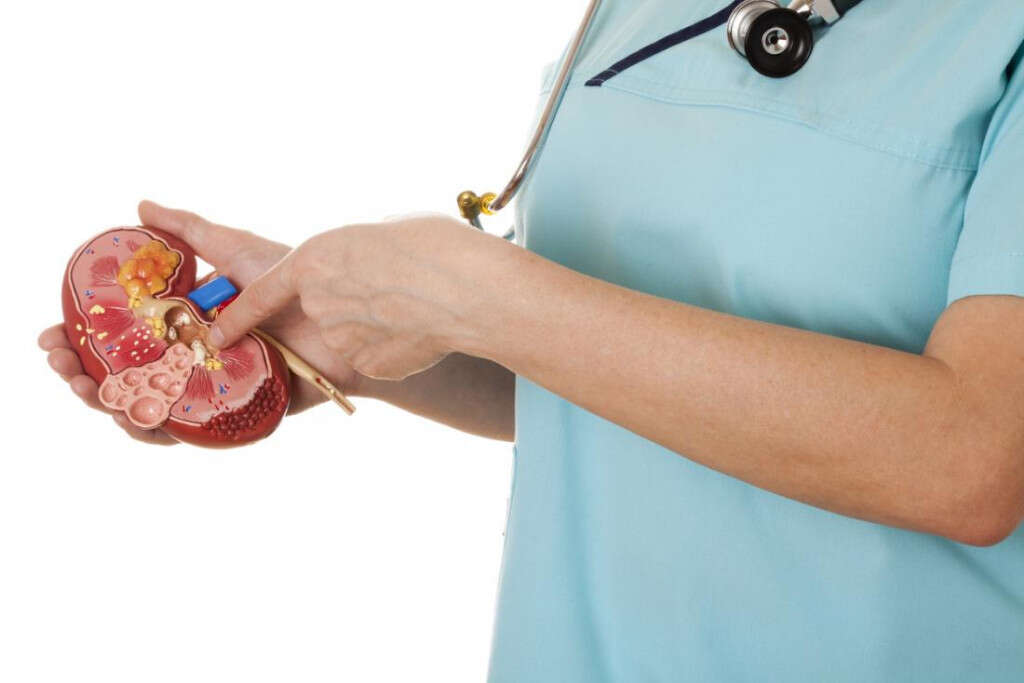
Cause #3: Polycystic Kidney Disease
Polycystic kidney disease is a genetic condition where the renal tubules become abnormal leading to growth and development of multiple cysts in the kidney. The cysts may develop in utero, infancy, childhood, or even adulthood. Cysts are tubules that are filled with fluid ranging from microscopic to big cysts.
Polycystic kidney disease is a hereditary disease caused by abnormal genes resulting in the production of a specific abnormal protein. There are two types known as autosomal dominant polycystic kidney disease and autosomal recessive polycystic kidney disease. Symptoms include hypertension, abdominal pain, pain in the back (kidney pain), hematuria, and excessive urination.
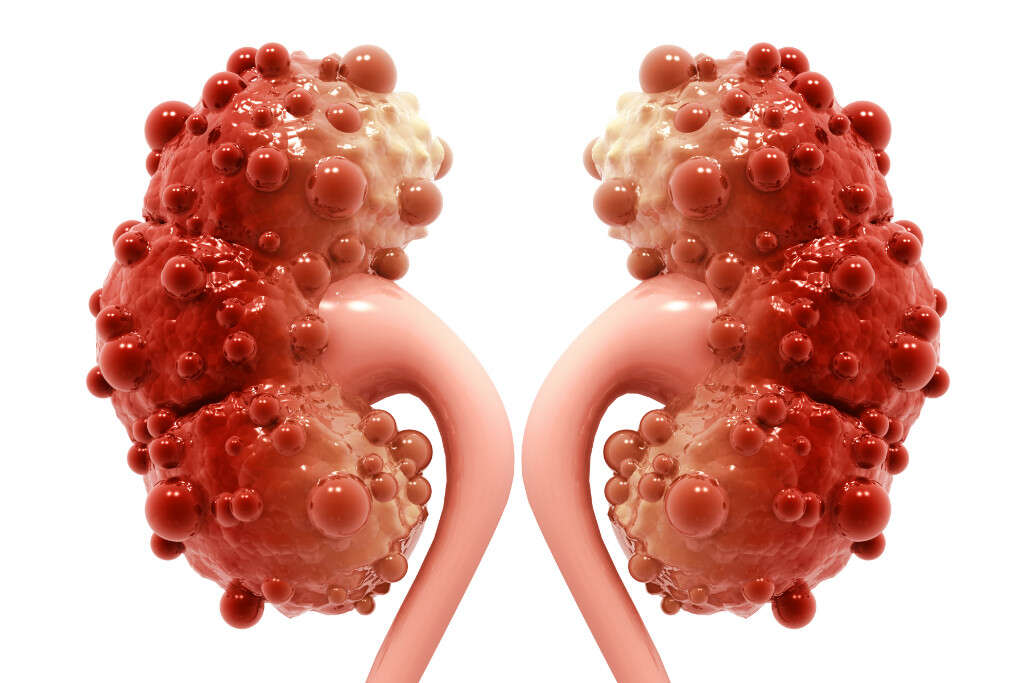
Cause #4: Renal Vein Thrombosis
Renal vein thrombosis refers to the formation of clots in the kidneys and possible migration of the clot to other parts of the body. It most commonly occurs in adults with nephrotic syndrome and newborn infants who have clotting issues or dehydration. Other causes include cancer, hypercoagulable state, antiphospholipid antibody syndrome, kidney transplantation, and Behcet syndrome.
Treatment aims to prevent further blood clots and maintaining renal function. Anticoagulants are the standard treatment for this condition.
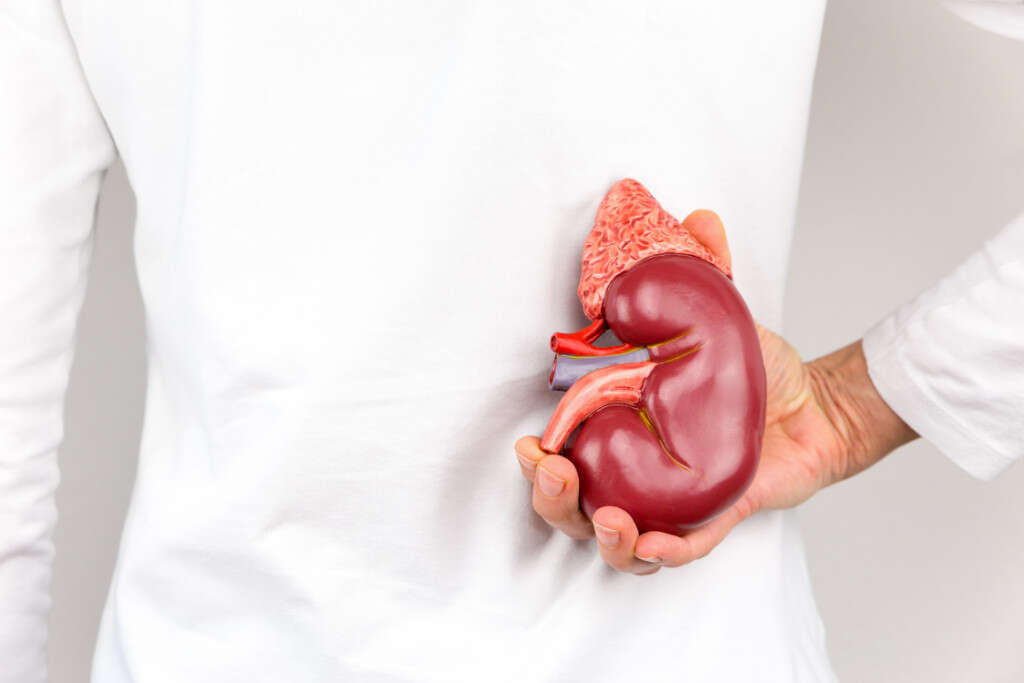
Cause #5: Acute Kidney Injury
Acute kidney injury occurs when there is an abrupt decline in kidney function. There are many causes of acute kidney injury such as exposure to substances, low blood pressure, or obstruction of the urinary tract.
It is diagnosed based on laboratory findings such as elevated creatinine, blood urea nitrogen, and inability of the kidney to produce normal amounts of urine. Acute kidney injury can lead to high potassium levels, metabolic acidosis, and changes in body fluid balance. Symptoms include fatigue, appetite loss, nausea, vomiting, headaches, flank pain (kidney pain), and abnormal heart rhythms.
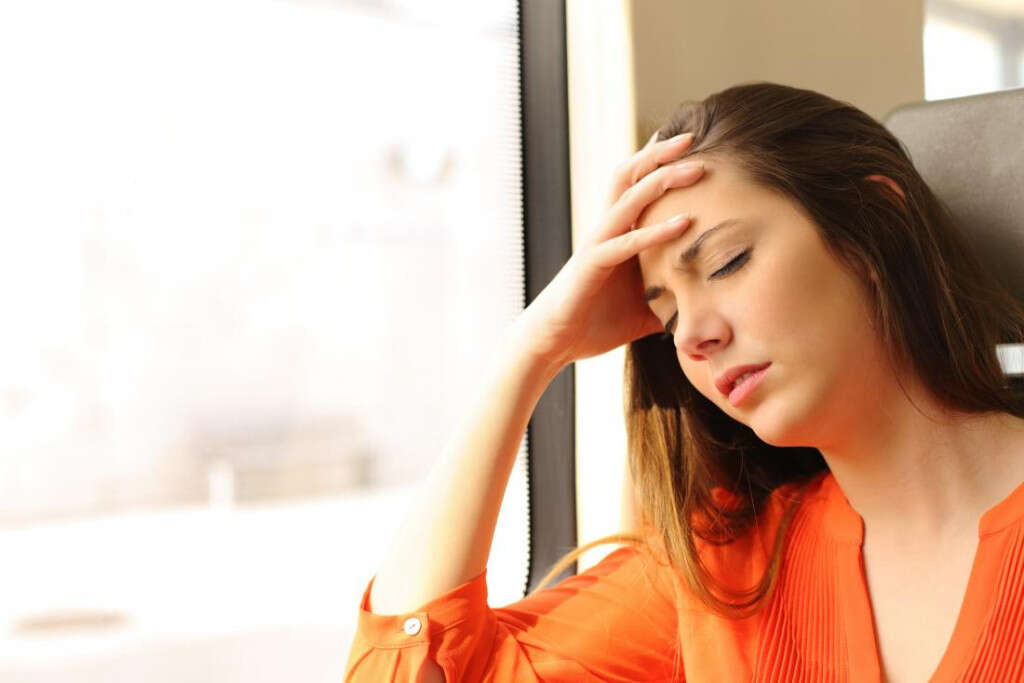
Cause #6: Kidney Stones
Kidney stones or urolithiasis occurs when there is solid material in the urinary tract. These stones usually form in the kidney and leave the body via the urine stream. When the stone is small enough, it can pass without symptoms. However, if the stone is more than 5 millimeters, it can block the ureter causing severe pain in the abdomen and lower back (kidney pain). Besides pain, it can also cause painful urination, blood in the urine, nausea, and vomiting.
Risk factors of kidney stones include obesity, high urinary calcium levels, calcium supplements, inadequate hydration, hyperparathyroidism, and gout.
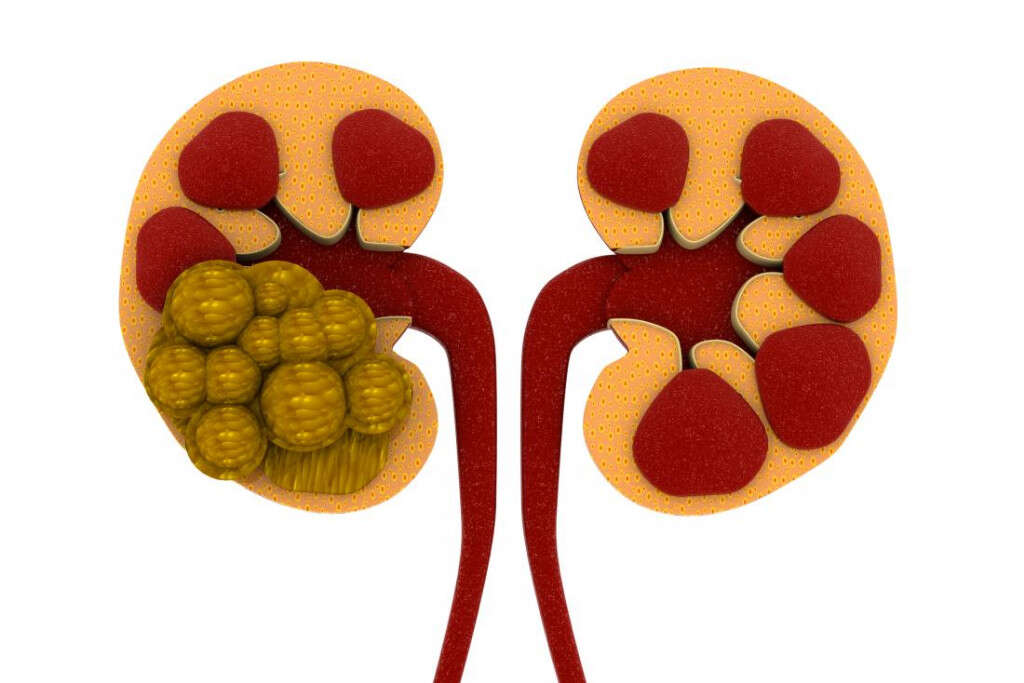
Cause #7: Renal Tumors
Renal or kidney tumors are growths on or in the kidney that can either be malignant or benign. Renal tumors can be discovered incidentally when medical imaging is performed for another condition. Patients with renal tumors may present with an abdominal mass, pain in the back or side (kidney pain), blood in the urine, and abdominal pain. Investigations may include a computed tomography scan and renal ultrasonography.
Some examples of renal tumors are renal cell carcinoma, mesoblastic nephroma, renal oncocytoma, angiomyolipoma, cystic nephroma, and renal medullary fibroma.
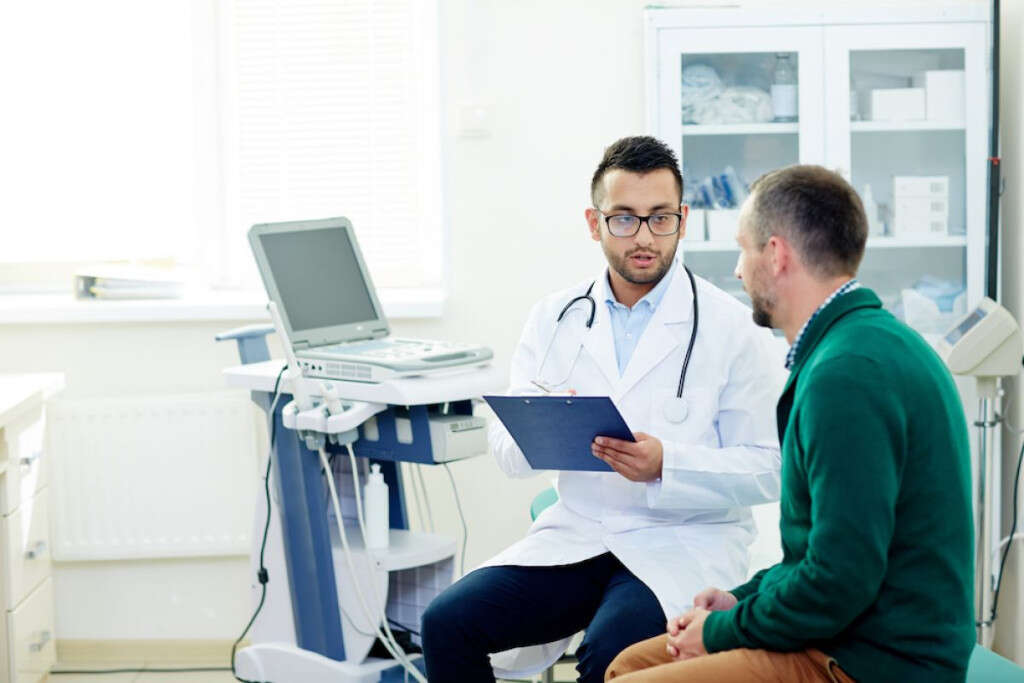
Cause #8: Hydronephrosis
Hydronephrosis is a term describing urinary obstruction causing the renal pelvis or calyces to be dilated due to filling by urine. The symptoms depend if the obstruction is acute, chronic, partial, complete, unilateral, or bilateral. It can cause nausea, vomiting, intense flank pain (kidney pain), dull discomfort, and urinary tract infections. Blood tests and urinalysis may be beneficial to help show kidney function and electrolyte imbalances.
Hydronephrosis can be caused by structural abnormalities of the urinary tract, compression of the ureters, and changes in hormone levels. Treatment includes removal of obstruction and drainage of accumulated urine.
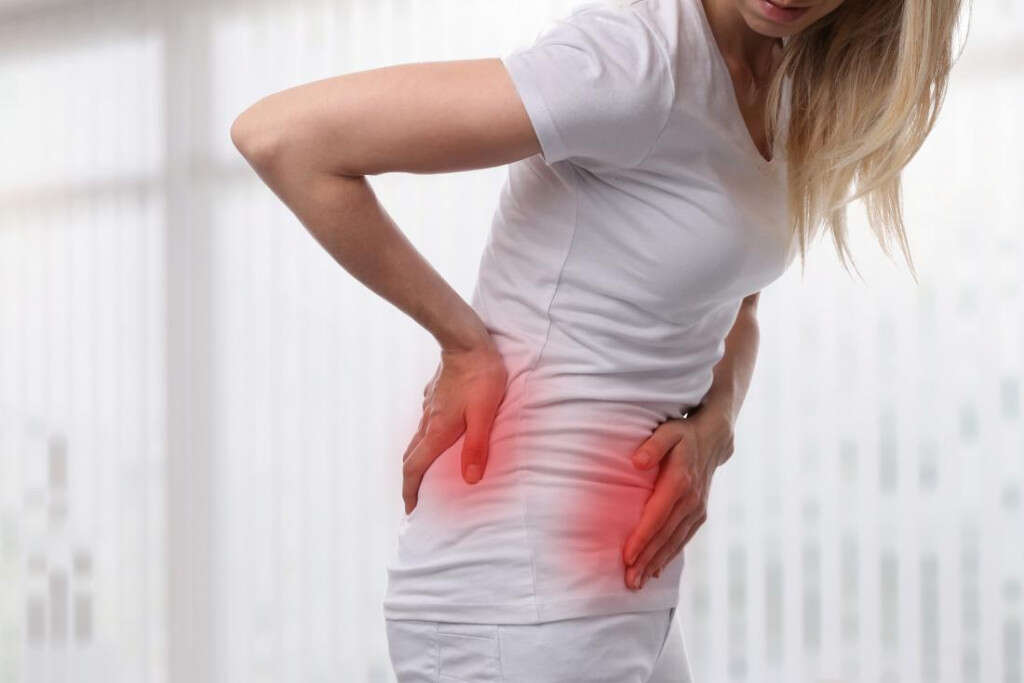
Cause #9: Renal Papillary Necrosis
This condition is characterized by necrosis (dead tissue) of the kidney tissue. It can unilateral or bilateral and it is associated with conditions such as Pyelonephritis, obstruction of the urinary tract, analgesic abuse, and diabetes mellitus.
Symptoms of this condition are fever, chills, flank and abdominal pain, and blood in the urine.
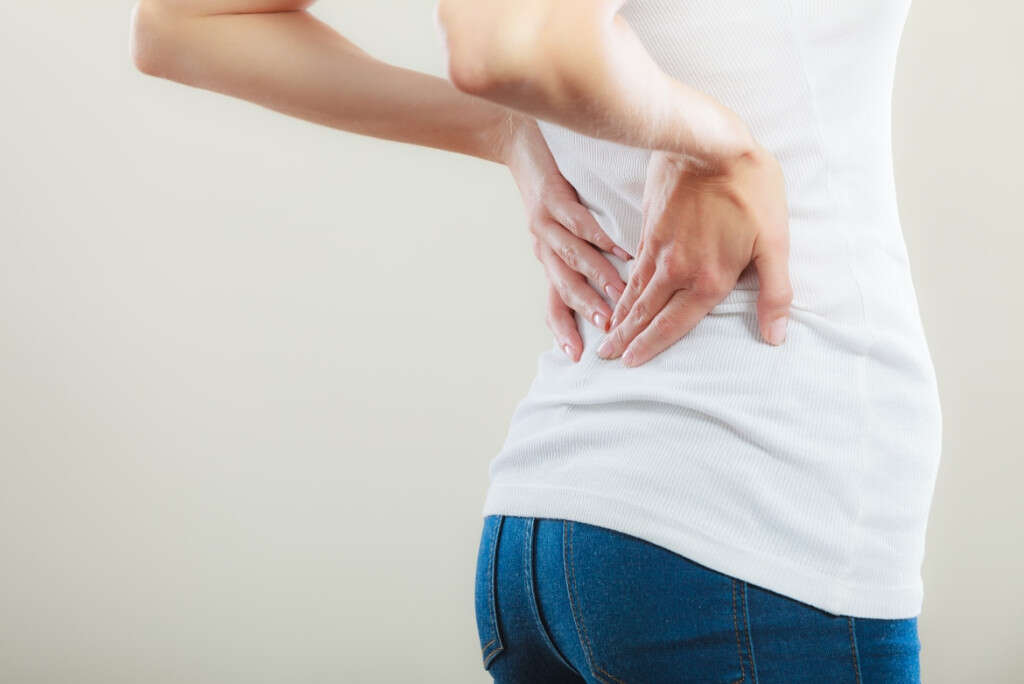
Cause #10: Enlarged, Ruptured, or Infected Kidney Cysts
While kidney cysts are usually asymptomatic, they can also cause pain especially if they enlarge, rupture, or becomes infected. When this occurs, the affected individual usually experiences severe pain in the back or side (kidney pain). Other associated symptoms include fever, chills, and blood in the urine.
Management includes surgery, interventional radiology, and conservative strategies depending on the severity of the patient’s condition. Enlarged kidney cysts that are causing issues can be treated using sclerotherapy where a long needle guided by ultrasound punctures the cyst.




